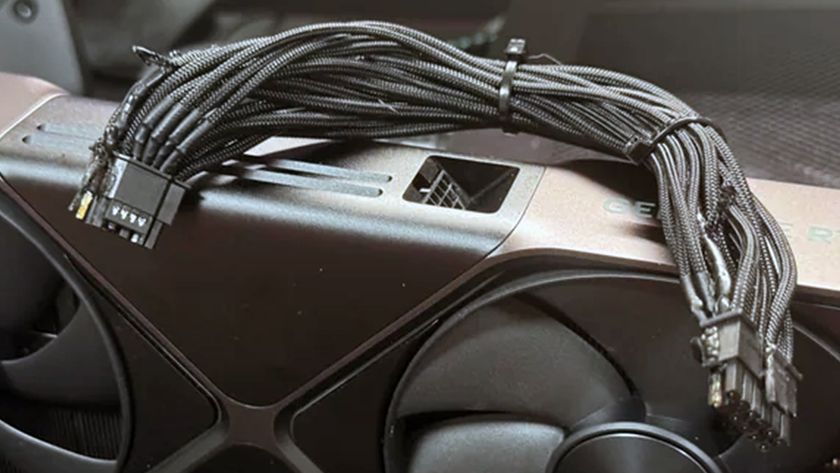Market Survey, Part 1: A Comparison Of The Latest Pentium 4 Motherboards
Conclusion: An Entire Gamut Of Usage Applications
So, the curtain falls on the first part of our big comparison test, and as you no doubt have gathered, there are no real losers. None of the boards exhibited any faults that would cause us not to recommend them. Considerable differences can be seen, however, in the boards’ specific layouts and designs.
Abit’s Fatal1ty is obviously geared towards users looking for maximum overclocking capability. This comes at the cost of fewer extra features, such as no additional mass storage controllers. There are, however, two Gigabit network ports, one very functional fan controller, and - for those who go for that sort of thing - a lot of red LEDs.
The Albatron board functioned well without a lot of hoopla. It showed no weak points, ran quietly with its purely passive cooling components, and also supports FSB1066.
Biostar is all about networking capability. An additional Realtek chip acts as a 4-port switch and router, allowing more flexible use of systems running on P4TAW Extreme than any other mainboard yet seen in out testing lab. In addition to the ICH6, an IDE RAID controller from ITE is also on board.
DFI is undoubtedly Abit’s biggest competitor, with a comparable level of technological sophistication as that seen in the Fatal1ty motherboard.
However, its utility for gamers is the greater with the convenient PCTranspo carrying system, and the Secure FrontX providing additional ports on the front side of the case. There is also an adapter for running UltraATA devices on SATA connections.
ECS has now established itself among the ranks of high-quality motherboards thanks to its six layer construction and excellent features. A Firewire controller and combined IDE SATA chip from SiS offer additional connectivity, with a USB stick with 802.11 b/g functionality for connectivity with wireless networks. This is a practical solution, as the stick can also have other uses.
Stay On the Cutting Edge: Get the Tom's Hardware Newsletter
Get Tom's Hardware's best news and in-depth reviews, straight to your inbox.
Epox limits itself to DDR400 memory, but on the flip side uses Intel’s 915G with integrated graphics. The EP-5EGA+ is the only motherboard to still provide four PCI slots. The Powerpack, however, has little value, as the mini-coolers fail to impress.
Rounding out the picture, the Foxconn 925XE7AA is more conservative in terms of functionality, though it does support FSB1066. In the absence of further overclocking possibilities, however, this option is only of advantage with the Extreme Edition.
Current page: Conclusion: An Entire Gamut Of Usage Applications
Prev Page Video, ContinuedMost Popular






